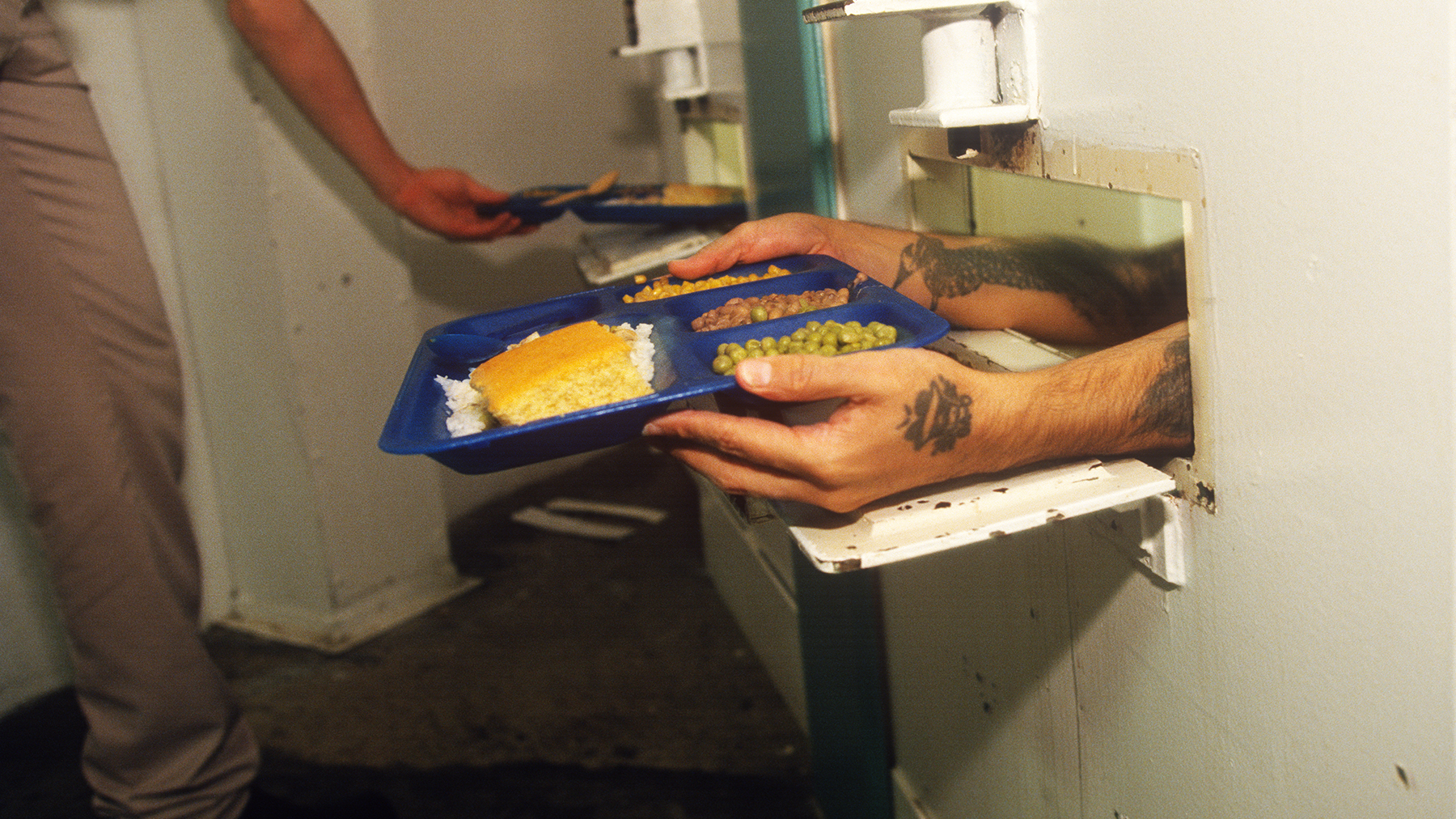Solitary confinement is a wasteful and destructive practice that does not improve public safety, and harms the mental health of those subjected to it.
Florida prisons use it disproportionately for people of color and other vulnerable groups, according to a report released today by the SPLC, which calls for an end to the practice in Florida.
The report – Solitary Confinement: Inhumane, Ineffective, and Wasteful – examines the growing consensus that solitary confinement provides little to no carceral benefit and, at worst, is torture. Yet the Florida Department of Corrections (FDC) holds approximately 10,000 people – more than 10 percent of its population – in solitary on any given day. The nationwide average was 4.5 percent in 2018.
The report, which reviews a broad swath of research, also presents the stories of three people who endured the practice, including a man who died by suicide after spending almost four years in solitary confinement in Florida’s prisons.
“The devastating consequences of solitary confinement are well documented,” said Shalini Goel Agarwal, senior supervising attorney for the SPLC. “Studies show that solitary confinement can be crippling for people’s mental health and that when people who have been in solitary return to their communities, they are more likely to commit crimes than those who did not experience it. Other states have recognized the harms of solitary and have adopted more humane and less costly alternatives. It’s time for Florida to do the same.”
Solitary confinement is commonly understood as the physical isolation of people confined to their cells for 22 to 24 hours a day. In Florida’s prisons, it is known by a variety of names. While there are technical differences between the categories of solitary, they share multiple inhumane aspects. People in solitary confinement have limited contact with other human beings. They also face strict regulation of when they can leave their cells or even shower.
The United Nations considers solitary confinement for more than 15 consecutive days – a period often far exceeded in Florida’s prisons – to be torture.
People subject to solitary confinement for any notable amount of time experience increased instances of anxiety, depression and psychosis, the report notes. These consequences are not limited to individuals with existing mental health issues. People who are otherwise mentally healthy are at an increased risk of mental health problems.
Individuals in solitary attempt and die by suicide at a much higher rate than those in the general prison population. Michael Cuebas, whose story is one of three featured in the report, had spent almost four years in solitary in Florida’s prisons when he died by suicide. His mother, Phyllis Johnson-Mabery, said his mental health deteriorated over time until his suicide in 2018.
“I knew his mind was breaking,” she said. “I knew, but I never thought he was never coming out.”
Solitary’s effects are not limited to a person’s time in isolation. Studies show that incarcerated people who have been placed in solitary are more likely to commit crimes after their release.
Racial disparities are also an issue, according to the report. In Florida, black people are not only overrepresented in the general prison population, but in solitary when compared to white people. While 16.9 percent of Floridians are black, 47 percent of people in Florida’s prisons are black, and over 60 percent of people in solitary confinement are black. White people are 77.4 percent of Floridians, 40.1 percent of people in prison, and 34.5 percent of people in solitary.
Juveniles are also at risk in solitary. The report highlights a national study which found that among incarcerated youth who die by suicide, half were in isolation when they took their own lives, and 62 percent had been in solitary confinement at some point.
The report also examines how other vulnerable groups, such as people with disabilities and sexual and gender nonconforming minorities, are at risk of solitary confinement. Solitary confinement can exacerbate disabilities, as individuals with physical disabilities typically have unique health care needs but may be denied regular access to medical care.
The report also notes that solitary may be used to separate LGBT people from the general prison population. The Bureau of Justice Statistics found in 2011-12 that 28 percent of lesbian, gay, and bisexual individuals in prison were placed in solitary confinement, compared to 18 percent of heterosexual individuals.
Andrew Lichtenstein/Getty Images



